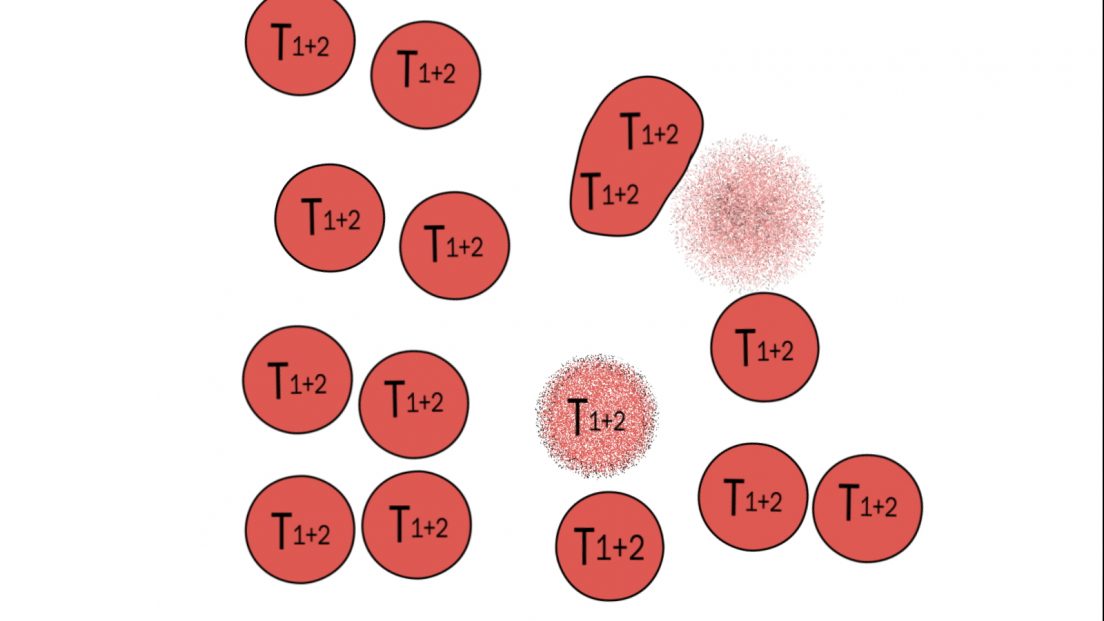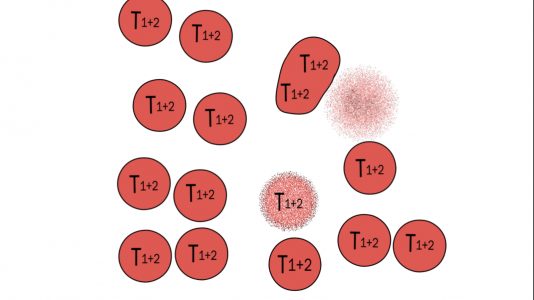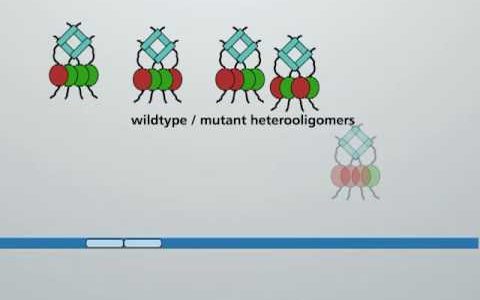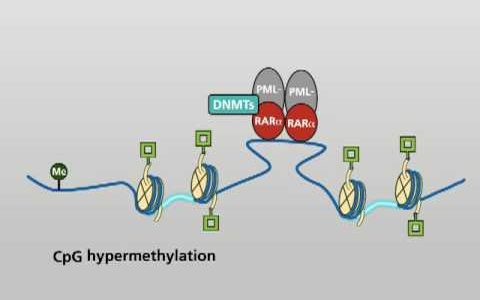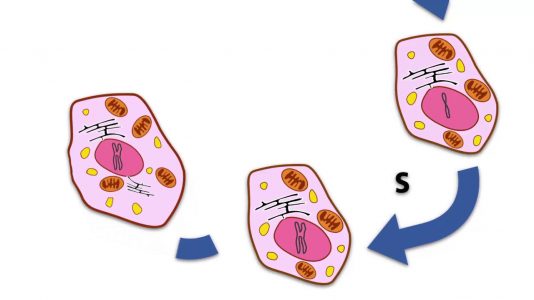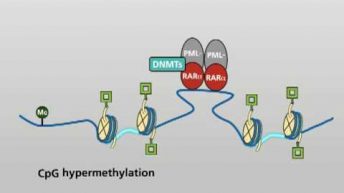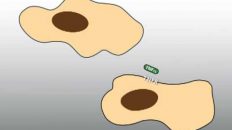Tumors are usually of clonal origin, that is, they arise from a single cell. The monoclonality of tumors can be seen, for example, in multiple myeloma, a tumor of the plasma cells. In serum protein electrophoresis, antibodies migrate mainly in the gamma globulin fraction. Antibodies are...
Layout A
The tumor suppressor protein p53 is a transcription factor. p53 monomers assemble into tetramers that bind to consensus sequences in the DNA and activate the transcription of p53 response genes. P53 target genes are involved in the regulation of proliferation, apoptosis and genomic...
Layout B
Tumors are usually of clonal origin, that is, they arise from a single cell. The monoclonality of tumors can be seen, for example, in multiple myeloma, a tumor of the...
The tumor suppressor protein p53 is a transcription factor. p53 monomers assemble into tetramers that bind to consensus sequences in the DNA and activate the...
Layout C
Tumors are usually of clonal origin, that is, they arise from a single cell. The monoclonality of tumors can be seen, for example, in multiple...
The tumor suppressor protein p53 is a transcription factor. p53 monomers assemble into tetramers that bind to consensus sequences in the DNA and...
The naturally occurring retinoic acid isomers 13-cis-retinoic acid and all-trans-retinoic acid (ATRA) influence processes of morphogenesis and...
The cell goes through typical stages between two cell divisions. The successive phases can be visualized as the so-called cell cycle. The cell cycle...
Layout D
Layout E
Layout F
Layout G
Layout H
Layout A
Tumors are usually of clonal origin, that is, they arise from a single cell. The monoclonality of tumors can be seen, for example, in multiple myeloma, a tumor of the plasma cells. In serum protein electrophoresis, antibodies migrate mainly in the gamma globulin fraction. Antibodies are...
The tumor suppressor protein p53 is a transcription factor. p53 monomers assemble into tetramers that bind to consensus sequences in the DNA and activate the transcription of p53 response genes. P53 target genes are involved in the regulation of proliferation, apoptosis and genomic...
Layout B
Tumors are usually of clonal origin, that is, they arise from a single cell. The monoclonality of tumors can be seen, for example, in multiple myeloma, a tumor of the...
The tumor suppressor protein p53 is a transcription factor. p53 monomers assemble into tetramers that bind to consensus sequences in the DNA and activate the...
Layout C
Tumors are usually of clonal origin, that is, they arise from a single cell. The monoclonality of tumors can be seen, for example, in multiple...
The tumor suppressor protein p53 is a transcription factor. p53 monomers assemble into tetramers that bind to consensus sequences in the DNA and...
The naturally occurring retinoic acid isomers 13-cis-retinoic acid and all-trans-retinoic acid (ATRA) influence processes of morphogenesis and...
The cell goes through typical stages between two cell divisions. The successive phases can be visualized as the so-called cell cycle. The cell cycle...
